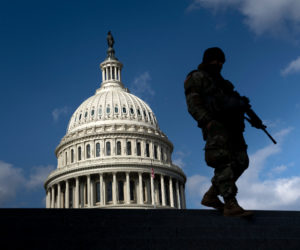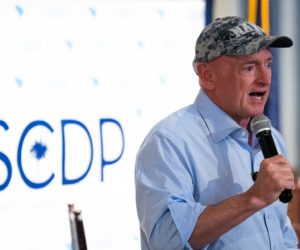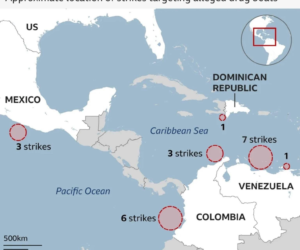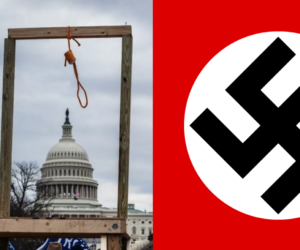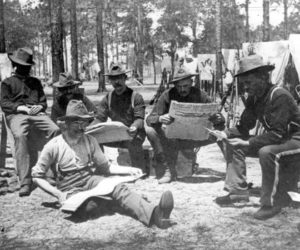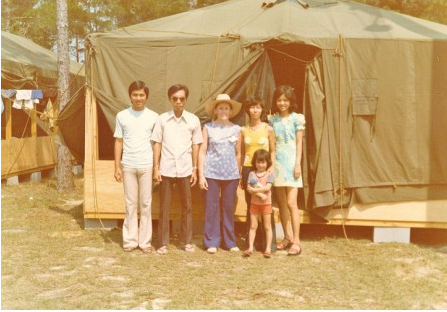
UPDATE:
Reuters:
“A federal appeals court rejected on Monday [May 5] a request by U.S. President Donald Trump’s administration to allow it to revoke the temporary legal status of hundreds of thousands of Cubans, Haitians, Nicaraguans and Venezuelans living in the United States.”
Hundreds of thousands of Cubans, Haitians, Nicaraguans and Venezuelans are living in the United States under the United States Refugee Admissions Program (USRAP).
Read more here.
Original Post:
Wednesday, April 30, marked the 50th anniversary of the end of the Vietnam War.
That date, April 30, 1975, also marked the beginning of a mass exodus of desperate South Vietnamese people fleeing their native land in search of freedom, safety and refuge in other countries.
During the following months and years, nearly two million Vietnamese would flee their home country by boat and by any other available means, many risking their lives.
One of the countries that generously accepted the refugees was the United States.
Foreseeing the urgent need to manage such an exodus, days before “the Fall of Saigon,” the Chairman of the Joint Chiefs of Staff selected four U.S. military installations to receive, shelter, process, and resettle the Vietnamese refugees.
Through an ambitious, noble program named “Operation New Arrivals,” the U.S. government would eventually process and resettle 125,000 Vietnamese refugees.
It would become “the blueprint for future humanitarian responses…”
One of the four installations selected was Auxiliary Field 2, Pierce Field at Eglin Air Force Base, Florida.
The Eglin Armament Development and Test Center (ADTC) Commander immediately started construction of a “tent city” (below) that, within six days, would receive its first refugees; that, within only one month, would house over 5,000 refugees; that would eventually process and provide a new future for approximately 10,000 refugees, including 28 truly “new arrivals” who were born in the camp.
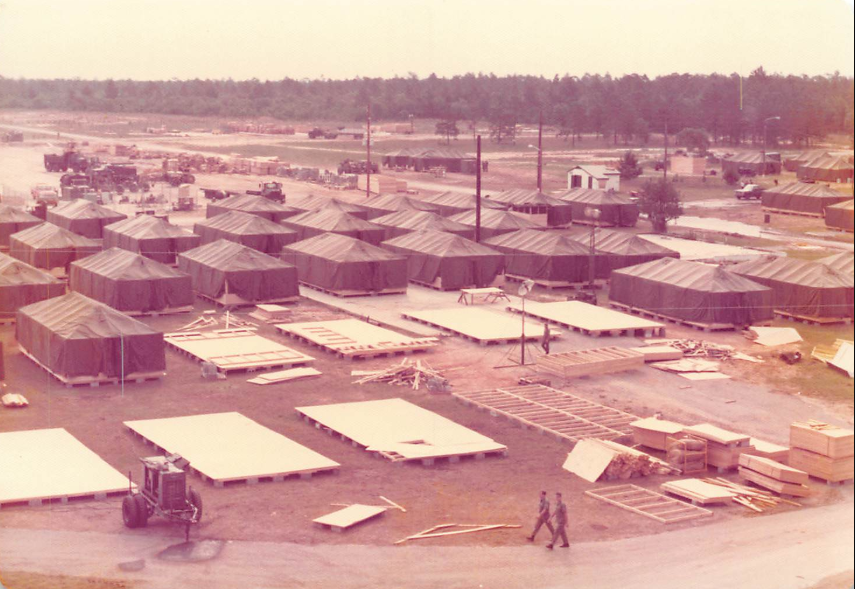
Early on a muggy, misty May morning, buses carrying the first precious charge of 320 South Vietnamese refugees arrived at the camp.
In one of the most rewarding assignments of my military career, I was there to witness those first New Arrivals.
As a “Senior Refugee Liaison Officer,” along with other military and civilian professionals and volunteers, I was privileged to assist with the reception, housing, health and welfare and with the resettlement of these unfortunate people.
It would be difficult to accurately describe our emotions so many years later.
Fortunately, shortly after my assignment, I wrote my recollections about that first day of duty at the Eglin camp.
Here are some excerpts describing the emotions of the volunteers as we welcomed our first refugees:
The character of a nation is reflected in the faces of those volunteers. Some have flowers in their hands, some have tears in their eyes, and all have compassion in their hearts.
Finally, the first bus arrives, and the door opens. A small, fragile old woman steps off the bus and breaks down in tears. An exhausted young mother holds on to a tiny baby as six more small children follow her. The father is conspicuously absent.
Another large family gets off the bus; all their belongings are contained in a tattered pillowcase and in a small plastic bag. A young helicopter pilot steps off with just the clothes on his back, but smiling, happy to be alive, happy to be free.
And so, it goes on: the farmer, the soldier, those who were wealthy and those who were humble; they all share the same hope for a good new life.
These scenes will keep repeating all day long as more refugees arrive. As darkness falls, refugees keep arriving. Soon it is past midnight, and the rain comes down, but the volunteers keep working, hardly noticing the time or the weather.
As the last busload of refugees has been bedded down, the rising Florida sun signals the start of a new day and suddenly we realize that we have been working for 24 hours, but, strangely, we are not tired. On the contrary, we feel that we have just begun to help these people.
Looking back, Operation New Arrivals is the embodiment of that solemn promise engraved at the pedestal of the Statute of Liberty, which reads in part:
“Give me your tired, your poor,
Your huddled masses yearning to breathe free,
The wretched refuse of your teeming shore.
Send these, the homeless, tempest-tost to me,
I lift my lamp beside the golden door!”
A promise that has been firmly honored into the 21st century after wars, conflicts and humanitarian disasters in countries such as Myanmar, the Democratic Republic of the Congo, Iraq and, more recently, Afghanistan and Ukraine.
But also a promise that is now being “reviewed,” suspended — even broken — by the Trump administration as it attempts to end or drastically curtail certain Temporary Protected Status (TPS) and similar refugee and asylum programs — such as the U.S. Refugee Admissions Program (USRAP) — as part of its aggressive overhaul of immigration policy.
Programs that have protected hundreds of thousands of migrants who have fled their native countries because of armed conflict, violence, natural disaster, and whose return there would expose them to extreme hardship, retribution, torture, incarceration, even the loss of life.
Programs that have consistently “lit the lamp beside the golden door,” and have always reflected the kind soul and spirit of America.
——
Note: Some of these thoughts are expressed in previous articles about Iraqi and Afghan refugees.





